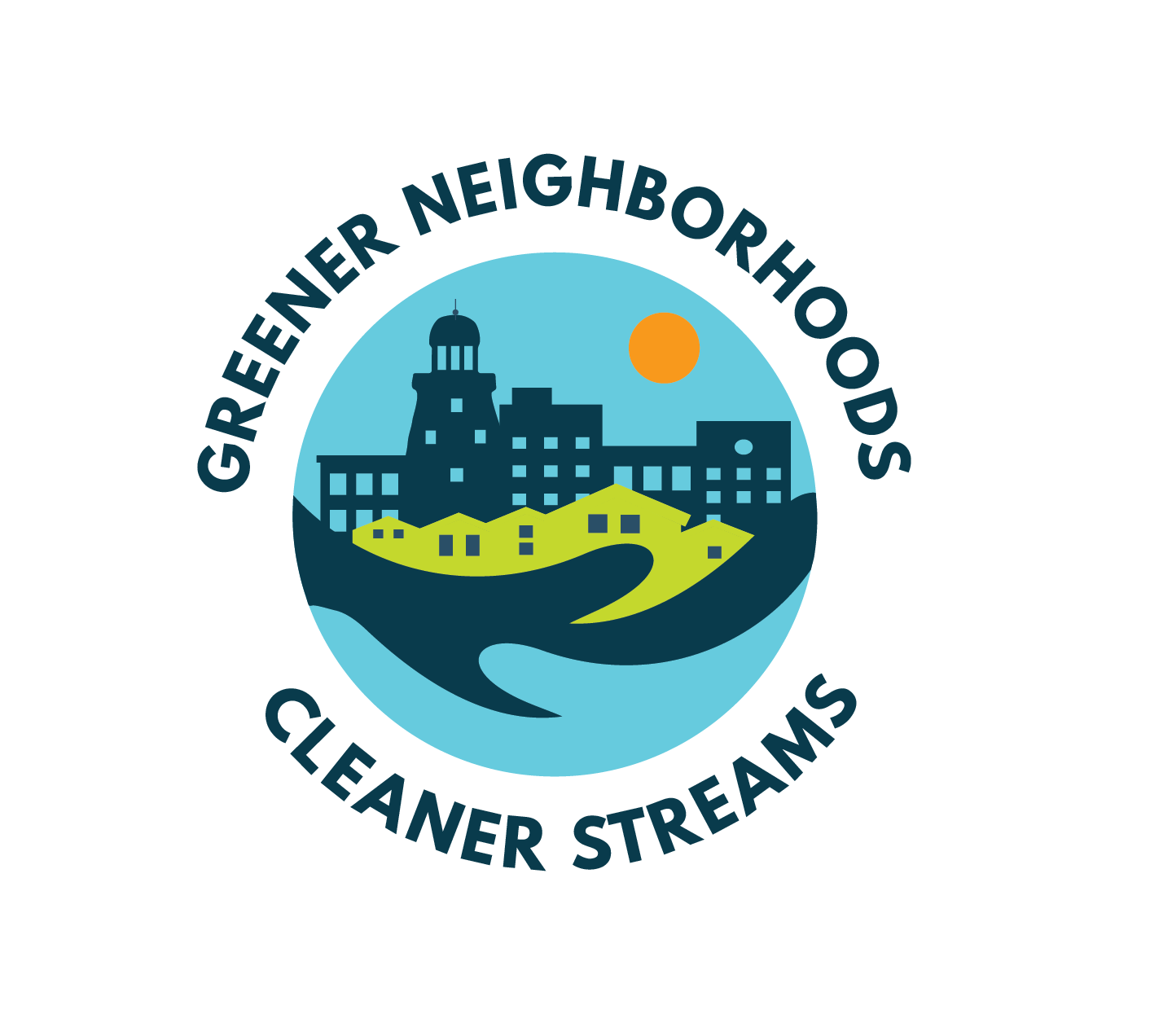Plastic Pollution Pandemonium
Happy Earth Day!
Maine is taking huge leaps to reduce our state’s carbon footprint. Last May, Maine became the first State to ban single use Styrofoam containers. The Styrofoam ban came after an ordinance last year charging a fee for all single-use paper and plastic bags. Both bans will come into effect January 2021. In the meantime, many stores in Maine have opted to remove single use plastic bags from their stores all together. Mainers have a lot to be proud of, yet plastic pollution remains a principal issue in Maine.

80% of all plastic pollution found in the ocean started out as litter on land. We’ve all seen it: plastic bags tangled in brambled bushes; bottles scattered along roadways. When a big rain passes through, water pounds on our rooves and roadways, flows over the ground, and flushes our plastic pollution out of sight and out of mind. The next sunny morning we’re all a little relieved to breath crisp air cleansed by rain and to bear witness to less trash along our roadways.
Our relief is misplaced. The trash that miraculously disappeared from our streets in the rain is carried into storm drains. Unbeknownst to many, stormwater flows into rivers and streams without being treated carrying a slew of trash and pollutants picked up from our streets. Once plastic has entered the environment, it is there to stay.
Plastic pollution does not decompose like other organic materials. Plastic fibers break apart over hundreds of years into tiny pieces called microplastics, many of which are too small to see with the naked eye. In a 2017 study, 94% of tap water sampled in the United States contained micro plastics. Maine’s coastal seawater contains on average 64 pieces of microplastic in every galon of water. Mussels and oysters growing in those waters contain on average 177 microplastic particles in their bodies! Plastic pollution is a serious threat to human health, environmental health, and water quality in Maine.
So what can you do about it? We’ve all heard the three steps: reduce, reuse, recycle. Most products come in heavily packaging that seems unavoidable and makes reduction of waste cumbersome; methods of reusing plastic products are for the most part not common knowledge and generally inconvenient; and only 9% of plastic is recycled meaning our efforts to recycle impact a small fraction of plastic we consume. Check out the video below for 25 ways to give up plastic!


